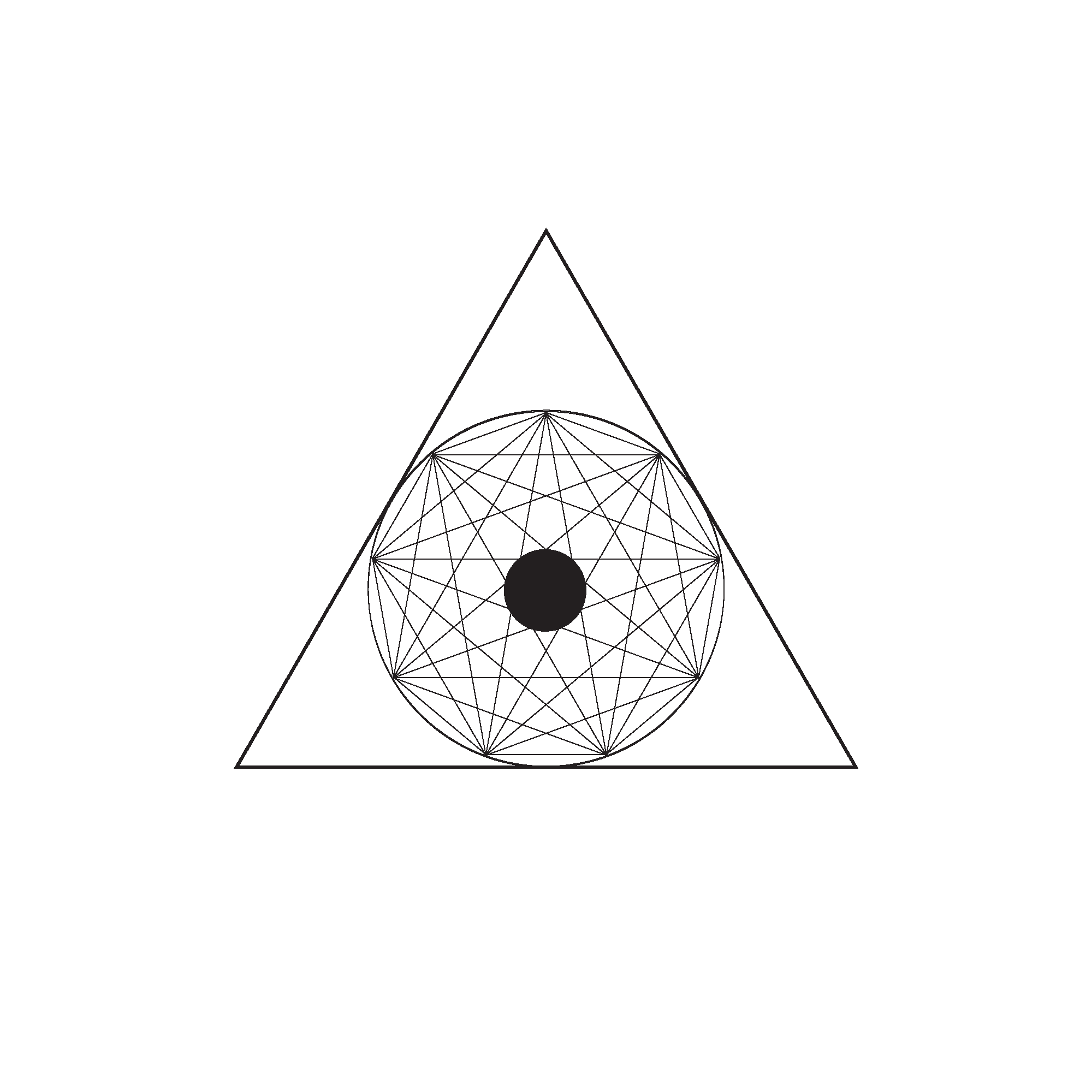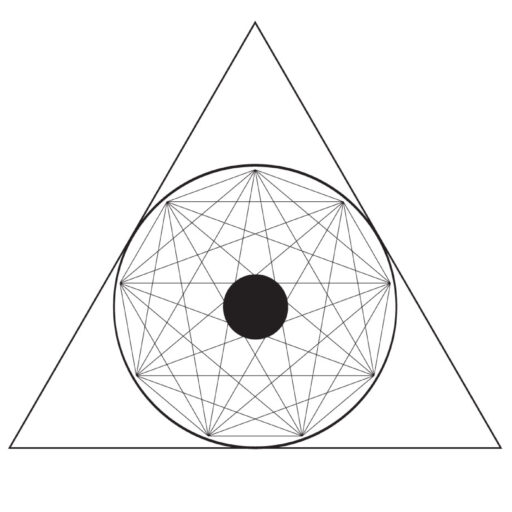Affordable Magnetic Resonance Imaging (MRI)
This project aims to enhance healthcare accessibility and sustainability through frugal MRI systems by developing comprehensive material lists, performing a cost analysis, and fostering collaboration within the open-source imaging community.
- TAIRIS Main Homepage
- Case Studies
- Affordable Magnetic Resonance Imaging (MRI)
Project Details
Clients: Charité Berlin, Leiden University Medical Center (LUMC)
Tags: Frugal Innovation, Healthcare
Client Website: https://www.charite.de/en/
The Story
MRI technology is a vital tool for accurately diagnosing complex medical conditions, offering non-invasive, detailed imaging, enabling doctors to assess and monitor critical issues like head injuries, cerebrovascular diseases, strokes, and hydrocephalus. With its ability to capture high-resolution images of soft tissues, MRI plays an essential role in early detection, timely intervention, and precise treatment planning, significantly improving patient outcomes.
Despite its benefits, MRI remains costly both to acquire and to operate. In high-resource settings, financial constraints often limit the availability of MRI machines, particularly in rural or underserved areas, where infrastructure and operational costs can be prohibitive. In low-resource settings, the challenge is even greater, as MRI technology is often inaccessible due to the high initial investment and the ongoing costs associated with maintenance, electricity, and specialized staff.
Our Project
This project on frugal MRI systems is a collaboration between Leiden University Medical Center (LUMC) and Charité – Universitätsmedizin Berlin (Charité). Currently, two similar yet distinct MRI systems have been developed, both grounded in the principles of frugal innovation. Frugal innovation centers on developing simplified, efficient technology that is both affordable and accessible, addressing essential needs without excess. This approach utilizes design-thinking methodologies to formulate solutions that are both effective and sustainable, while significantly minimizing associated costs.
The project involves reviewing existing materials to establish a clear scope, format, and characteristics for the list of materials that are required to construct the scanner. Comprehensive lists of all components necessary for constructing the scanners will be compiled.
The project first involves sharing the compiled material lists with the open-source imaging community to foster knowledge exchange and collaboration. Additionally, the material lists will support MRI teams in strengthening their ability to procure essential equipment.
A growing international consortium of research institutions, public health organizations, universities, and local innovators from Africa and Europe has come together to launch a transformative initiative focused on building frugal MRI scanners within AI-based Living Lab environments.
Rooted in the principles of co-creation and open source, our consortium aims to establish a network of Living Labs where innovation happens in conjunction with local communities. Our Frugal Innovation Research Event (FIRE) will create one of the building blocks and program designs to enable this movement.
Living Labs are not conventional laboratories within academic buildings. They are dynamic, real-world ecosystems, mobile health units, and training hubs, where engineers, clinicians, patients, farmers, energy experts, data scientists, and policymakers work side by side. Their goal is to co-design and deploy affordable, accessible, and scalable technologies, responding directly to the needs of underserved populations, particularly in areas where healthcare is directly linked to broader challenges in water, food, and energy access.
The frugal MRI becomes a central actor in this integrated system. Designed with simplicity, affordability, and durability in mind, it is built to operate in rural and urban areas with limited infrastructure. These MRI systems utilize low-field magnets, open-source software, and AI-driven image reconstruction to ensure diagnostic quality while drastically reducing the cost, size, and energy demands of traditional machines. But beyond medical imaging, the innovation process unfolds within a broader developmental framework within the water-food-energy-health nexus.
We recognize the profound interconnectedness embodied in the concept of One Health, which affirms that human health is deeply linked to environmental conditions and broader socioeconomic systems.
What distinguishes our consortium is its dedication to transdisciplinary and intercultural research, spanning across various regions in Europe and Africa. It is the ability to contribute a systems-based approach and regulatory expertise to African institutions, which provide the contextual intelligence, field experience, and grassroots innovation needed to ground the technology.
Together, we are creating a new model of innovation, one that does not export solutions from North to South but builds them collaboratively in a shared space of experimentation, empathy, and trust.
This initiative reflects a paradigm shift in global health and technology development. Rather than waiting for innovation to trickle down, our consortium is catalysing it from the ground up, through contextualized and affordable technologies.
This initiative is not only about developing technology, it is about creating innovation systems that are capable of solving complex problems via co-creation and systemic transformation.

